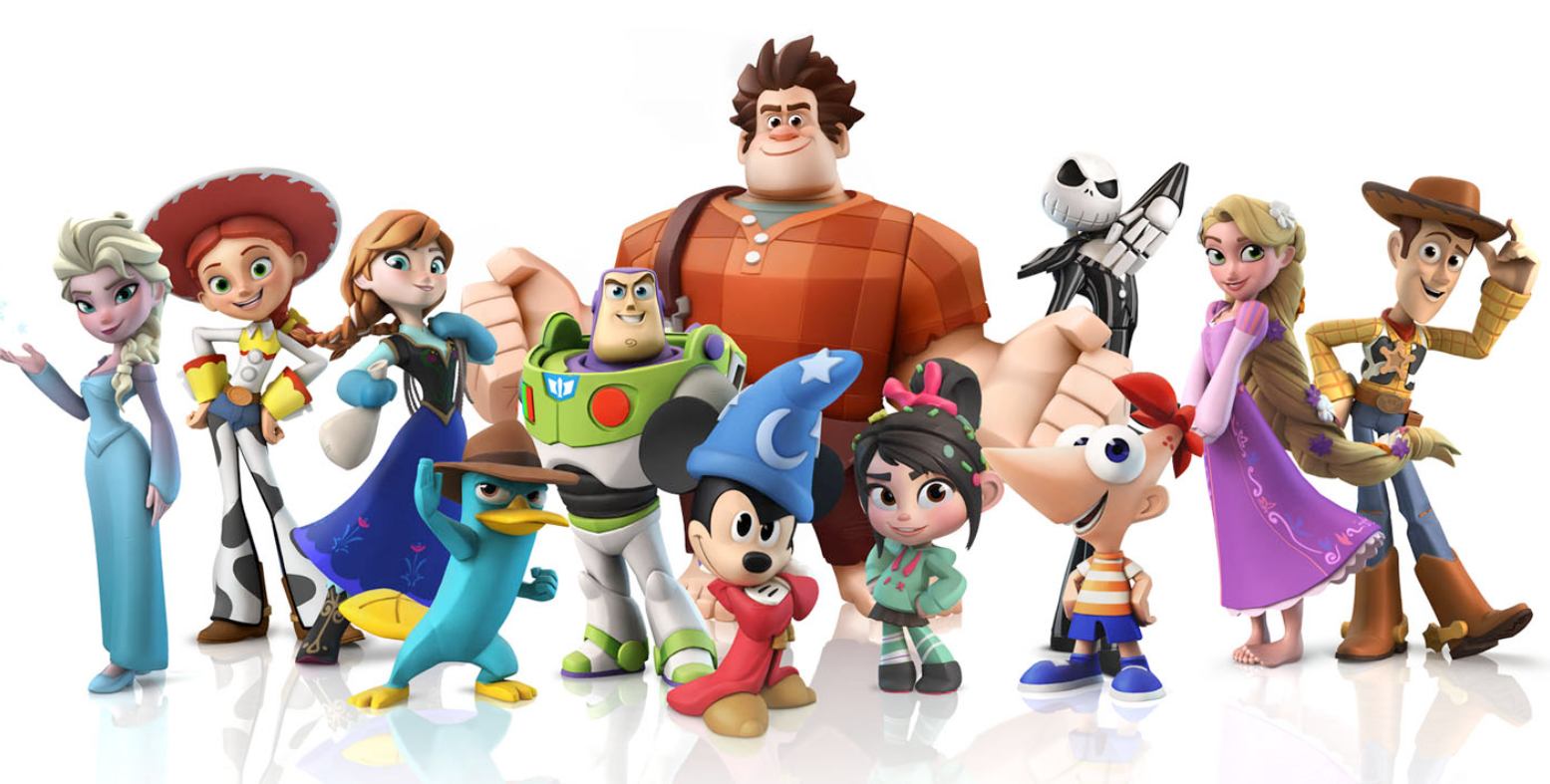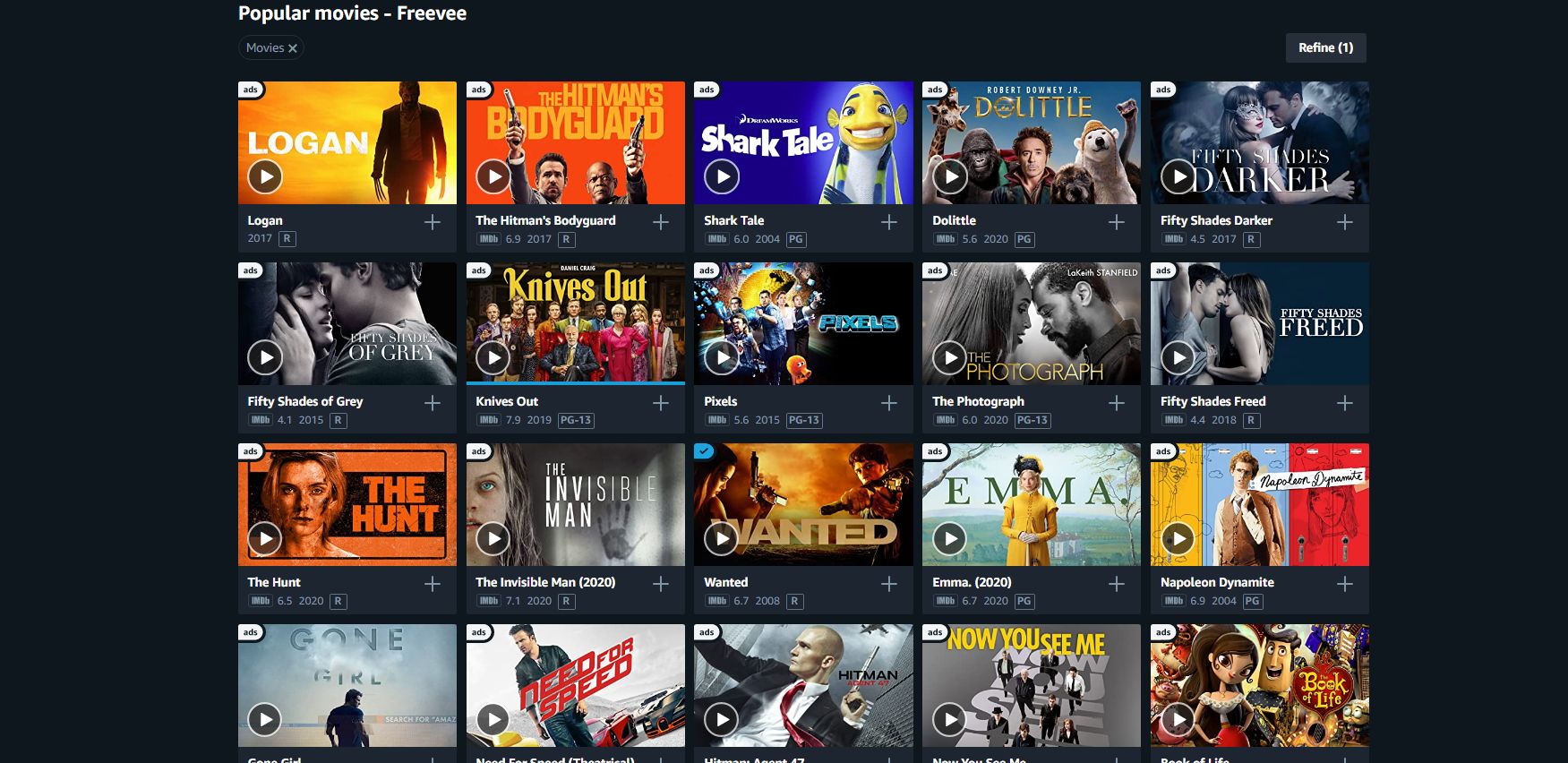Have you ever pondered that why films seem more interesting than books as both focus on storytelling? The reason is that the books leave everything in the imagination of the readers, while the films show the story in an interesting and creative manner. The film shots are the main elements that are utilized to make the process of storytelling even more interesting and appealing.
Films shots do not always show every character from head to toe throughout the duration, but different types of shots are used to communicate the vision. This is the most critical element that keeps the audience hooked even without their knowledge. Aspiring filmmakers need to have ample knowledge and skill in capturing film shots to make their films interesting and successful.
Keep scrolling down this article to explore a comprehensive guide about types of film shots and learn to master them to add more visual appeal to your films.
Table of Contents
Top 7 Types of Film Shots Every Filmmaker Should Master
Camera shots are the most critical element that makes onscreen storytelling captivating. This is the real test of the skill, vision, and creativity of the filmmakers. The filmmakers usually prepare the shot list before starting the shooting spells in order to translate their vision on the screen. Knowing about the types of film shots is more than critical for aspiring filmmakers as they cannot ensure the success of their films without properly utilizing different types of film shots.
Here are some of the major types of film shots every filmmaker should master to make their shots more interesting and appealing.
1. Extreme Wide Shot
The most type of film shot that every filmmaker should know about is the extremely wide shot. This is the type of shot that captures the bigger picture of the world in which the story is taking place. For example, it can be the overview of a city in a single shot or desert, forest, beach, etc., from quite a distance that the characters seem tiny if they are captured in the scene.
2. Long Shot
The second type of film shot that every filmmaker should master is the long shot. The long-shot is the one in which the geographic placing of the story is showcased. The characters are often shown in the long shots, but they are not the focus. For example, a shot depicting the prison ground with numerous prisoners scattered here and there indulged in various activities is a long shot.
3. Full Shot
One of the most important types of film shot that every aspiring filmmaker should ace is the full shot. The full shot is the one that brings the character in focus from head to toe in a single shot. The surrounding is also captured in such a scene, but that is not the focus. The full shots usually intend to highlight the appearance, styling, costume, and other similar characteristics of the character.
4. Medium Shot
The medium shot is the one that shows the character from waist to upwards. This is the most common type of film shot included in almost every screen content. The purpose of such a shot is to share the character details from up close. This type of shot is usually depicted in the dialogue scenes and sheds more light on the body language of the characters.
5. Medium Close-Up Shot
The next type of film shot is the medium close-up shot. The medium close-up shots usually focus on the shoulders and face of the characters. This type of shot is used to capture the emotional reactions and the expressions of the characters, which are usually missed in the medium or full shots. The examples include shock, tears, the transition from tears to smile in a single shot, etc.
6. Close Up Shot
One of the most dramatic and impactful types of film shot that every filmmaker should ace is the close-up shot. This type of shot focuses on a single feature from up close. It can be eyes, ears, lips, fingers, feet, etc. For example, focusing on the finger movement of a comatose patient, limp in the left foot of a criminal, smirking of a negative character, etc., will be close-up shots.
7. Cowboy Shot
Another important type of film shot is the cowboy shot. This type of shot captures almost half the limbs and upper body of the character. This type of shot is usually used in crime stories and shows the weapons, pistols, etc., of the character, which is attached to the waist. You need skill and expertise to capture these shots perfectly. If you are still an amateur, you can hire film production Dubai based firms and let the experts visualize your vision professionally.
Master the shots or take help from the experts!
Knowing about the types of film shots is not enough to capture them artistically. You need exceptional cinematography skills to make a shot appealing and impactful. If you lack the skill, do not stay adamant about experimenting but consult the professionals and make sure your cinematography moves the audience.












